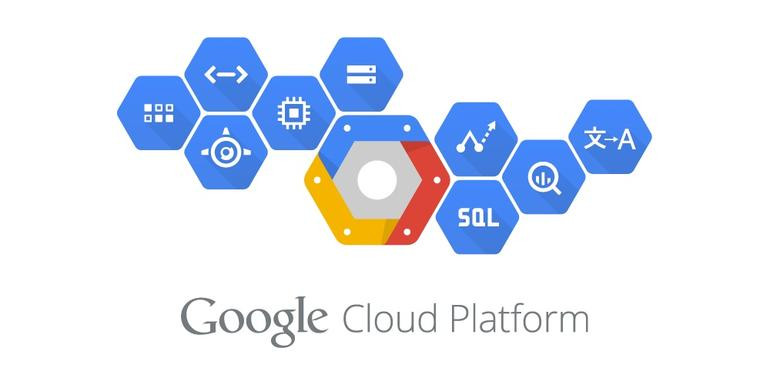The Google Cloud Computing Platform (GCP) is a collection of different products and services that enable users to construct apps using Google’s underlying software and hardware. You can use coupons for Google Cloud (GCP) instead of your on premise server to carry out tasks such as backing up data and storing many structured and unstructured data. You won’t spend any more money on the servers if you supply virtual instances for the duties above at more affordable pricing and can scale the underlying infrastructure either up or down.
GCP provides three main cloud computing deals: architecture as a service, platforms as a service, and virtualized computing. In April of 2008, Google announced that it would be offering a cloud computing service called App Engine. It was the only service that the firm had ever provided. Since then, Google has expanded the platform to include several cloud services.
Application Engine From Google:
Provides a platform as a service that enables the development of web applications in Python, Java, Go, and PHP and controls everything for you, including the database, deployment, scalability, and software. If you go above your daily free allowance, you will be charged accordingly. One disadvantage is that the software provided by other parties constrains you.
The Google Computing Engine (GCE):
Infrastructure as a service gives you access to various options when creating virtual machines. Including choosing the operating system, the central processing unit (CPU). The amount of random access memory (RAM), and the amount of space on the hard disk. As a result, you can tailor it to your requirements and put it to use.
Storage On The Google Cloud Computing:
Service that allows for data storage and sharing (such as photographs, videos, and documents) over the internet while maintaining a high level of availability and performance. It is a collection of goods and solutions that may assist you in resolving the most challenging difficulties you have in your organization.
Process Of Permissions Work:
If you wish to include other people in your projects, you will need to make sure that you manage their rights appropriately so that they do not have complete access to your account. If you do not control their permissions properly, they will have unlimited access to your account. When you add someone via the IAM Management Console, you can add them using the email address associated with their ordinary Google account. Or with an email address associated with an enterprise-owned account through G Suite. You can assign them a role that is applicable throughout the project. Makes it simple to use since they will need to sign in with their regular Google account. And then choose your project. The management of their permissions is likewise quite simple. Since all required is to include them in the specific resources they need access to.
What Exactly Are These Projects?
Every resource and service provided by Google Cloud Platform is treated as a distinct endeavor in its own right. The resources used in one project are kept separate from those used in another project (for the most part). If you’re going to use it, for one thing, you won’t need anything more than the default project. Still, if you’re working on several other tasks or even with several different businesses. You’ll find that dividing out your projects offers several advantages.
In the top left corner of the screen, a menu allows you to switch projects. When you switch tasks, the list of resources you may browse will also change. Because permissions and membership are project-specific, if you add someone to one of your projects.
Which Services Ought I To Make Use Of?
Suppose you’re familiar with Amazon Web Services (AWS). In that case, you’ll discover that Google Cloud Platform (GCP) offer numerous services similar to AWS’s and prices that are often very comparable.
- Compute Engine gives you the ability to run fundamental virtual private servers by letting you supply a certain quantity of virtual CPUs and RAM for each server.
- Cloud Storage, which uses for storage, offers limitless cloud development services organized in buckets, much to Amazon Simple Storage Service (S3).
- It provides a variety of tiers with reduced costs for keeping data accessed on a less regular basis. Local SSD or Persistent Disk is the name given to the storage drives managed by Compute Engine. These disks are what instances of Compute Engine operate on.
- There are a few database options available via Google. Cloud SQL is an industry-standard managed MySQL service that provides access to PostgreSQL and SQL server databases.
- It is Google’s high-performance content delivery network (CDN) used for networking. The Cloud Load Balancing, part of Google’s premium network service tier, can do worldwide load-balancing from a single any cast IP.
- It is possible since most traffic is routed via Google’s network. Cloud DNS and Google Domains are two options for domain name service (DNS).
Conclusion:
Compared to other cloud providers, such as Amazon Web Services (AWS), Google Cloud Platform is very simple. We will walk you through the fundamentals of how it operates. And show you where you can seek standard solutions to start. You may discover something suitable for the needs of your particular application by looking at the comprehensive products page that is available on the company website.

